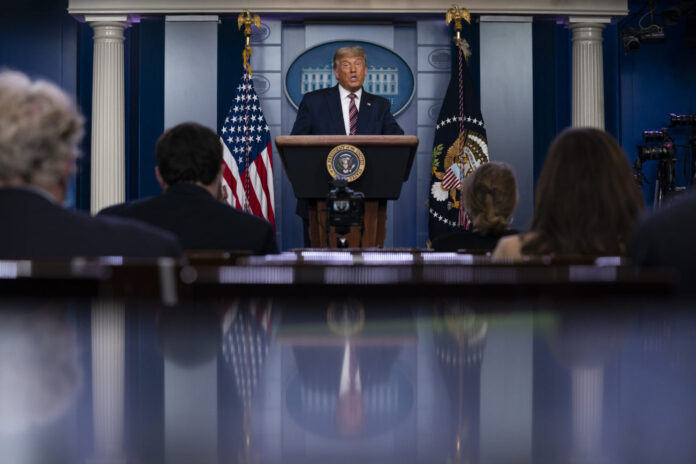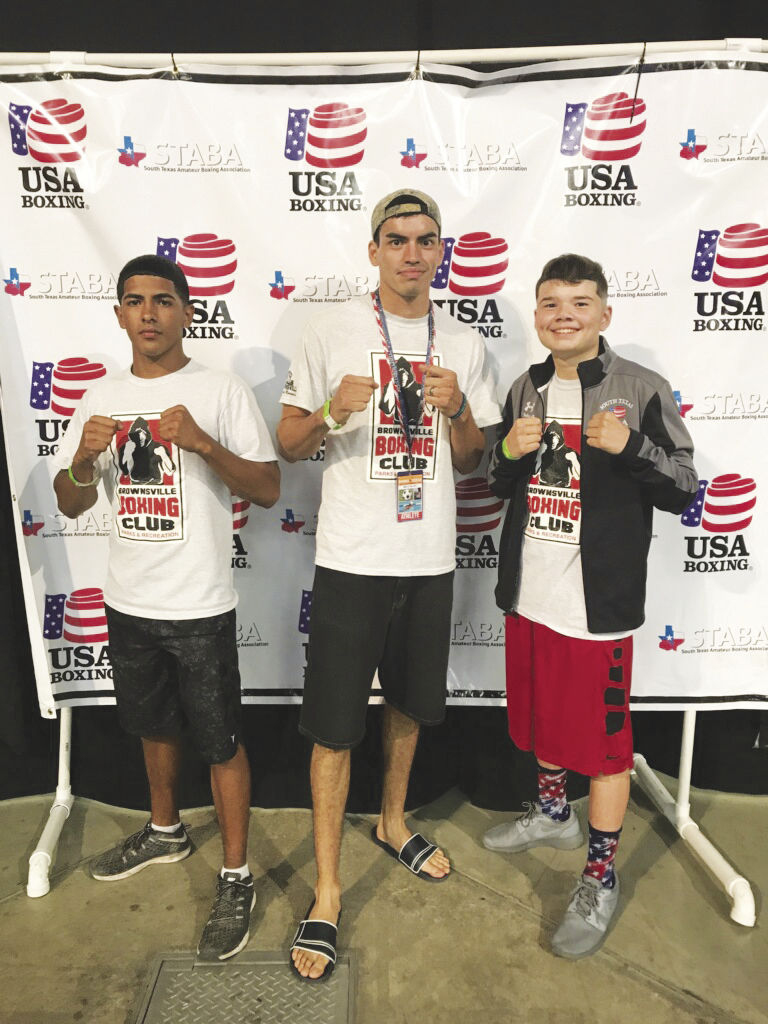By Madlin Mekelburg Austin American-Statesman
AUSTIN, Texas — In the weeks before Election Day, most polls in Texas showed a close contest between the two candidates atop the ballot: President Donald Trump and former Vice President Joe Biden.
Some polls showed them running neck and neck, a handful showed Biden with a slight lead, and others showed Trump taking the state, but just by a few points.
When ballots were counted in Texas this week, Trump won by a nearly 6-percentage point margin — smaller than his 9-point victory over Hillary Clinton in Texas in 2016, but a far cry from the nail-biter predicted by most pollsters. Although results in other states are still being tallied, the bulk of Texas votes are in and polling experts are starting to dig through the data to determine where their projections fell short.
“Almost everybody was off — way off,” said Tim Malloy, a polling analyst for the Quinnipiac University poll, which sampled Texas voters’ opinions multiple times in the run-up to the election. “It was a disappointing outcome for most pollsters, and we’re under a spotlight now.”
Polls in several other states also underestimated Trump’s support, just as they did four years ago.
The Quinnipiac University poll predicted a tied contest in Texas in its final tabulation for the state ahead of the election.
Polls from Morning Consult and Emerson College also showed that “likely voters” in the state were evenly divided between both candidates.
National groups that rate elections, including the Cook Political Report and Target Smart, called the state a toss-up and said it was in play this year for Democrats, who had been hopeful that 2020 would represent a turning point in the state’s voting habits.
But Democrats were unsuccessful in races up and down the ballot, failing to flip any congressional seats or make gains in the Texas House.
It’s possible that once some analysts saw Texas as competitive, others brought preconceived ideas of what voting trends should look like, said Joshua Blank, research director of the Texas Politics Project at the University of Texas.
“This is a pretty new phenomenon here,” Blank said. “We’re still getting a handle on it. But if you’re someone who just is looking at the trends and saying, ‘this should be a straight line,’ or you’re a pollster coming in and not really appreciating the nuance of this, maybe then you’re more likely to come in and see more likely Democratic voters. And that’s not a bias, that’s just a difficulty in assessing what is a rapidly growing and changing electorate.”
For his part, polling from the Texas Politics Project ahead of the presidential election showed that likely voters favored Trump over Biden in Texas by a roughly 5-point margin.
“I would never say, ‘Oh, we were right’,” Blank said. “It’s an estimate. We did well this time; we might not do well next time. That’s the nature of sampling.”
Blank said he views election polls as a subset of all the polls he normally conducts at the Texas Politics Project, which measures where people in the state stand on any number of issues.
“They’re kind of a unique and strange subset in that, normally, we know a lot about the populations that we’re surveying and we can make sure that the sample very accurately reflects the relevant characteristics of those populations,” he said. “But with election polling, we are trying to make an estimate of what a population that has not yet emerged and doesn’t even exist until after all the votes have been counted might look like.”
About 2 million people registered to vote in Texas for the first time between the 2016 election and this year’s contest. Voters in the state smashed early voting records and turned out to vote at higher numbers than they have in recent elections.
A large share of these voters registered in the last few weeks before the deadline, complicating efforts to identify which people could be considered “likely voters” in Texas, according to Derek Ryan, a Republican consultant and voter data expert.
“There were a whole bunch of people who registered in the last few days, and the pollsters didn’t necessarily have their information and didn’t even have the total numbers to take into consideration when they were trying to determine their universe, if you will, of likely voters,” he said.
Another element that could have affected the accuracy of polls in Texas and around the country is Trump himself.
Looking closer at recent polls in the state, Ryan said several showed that likely voters were more evenly split in the presidential contest than they were in down-ballot races, where Republican candidates like U.S. Sen. John Cornyn had a wider margin of support than Trump. This could mean that some people felt uncomfortable expressing support for Trump, even if they planned to vote for him.
Malloy agreed, saying the same questions about whether people felt scared to express support for Trump also plagued pollsters during the 2016 presidential election.
“It’s a little hard to figure out whether it’s the methodology, the way you ask the questions or whether the people are generally being disingenuous with you — and that’s a human trait,” he said. “I’m not calling Americans liars, but it’s not always that everybody is telling you exactly what they’re thinking. Plus, the fact that (the outcome nationally) is so close tells you that a lot of hand-wringing went into this for a lot of people.”





